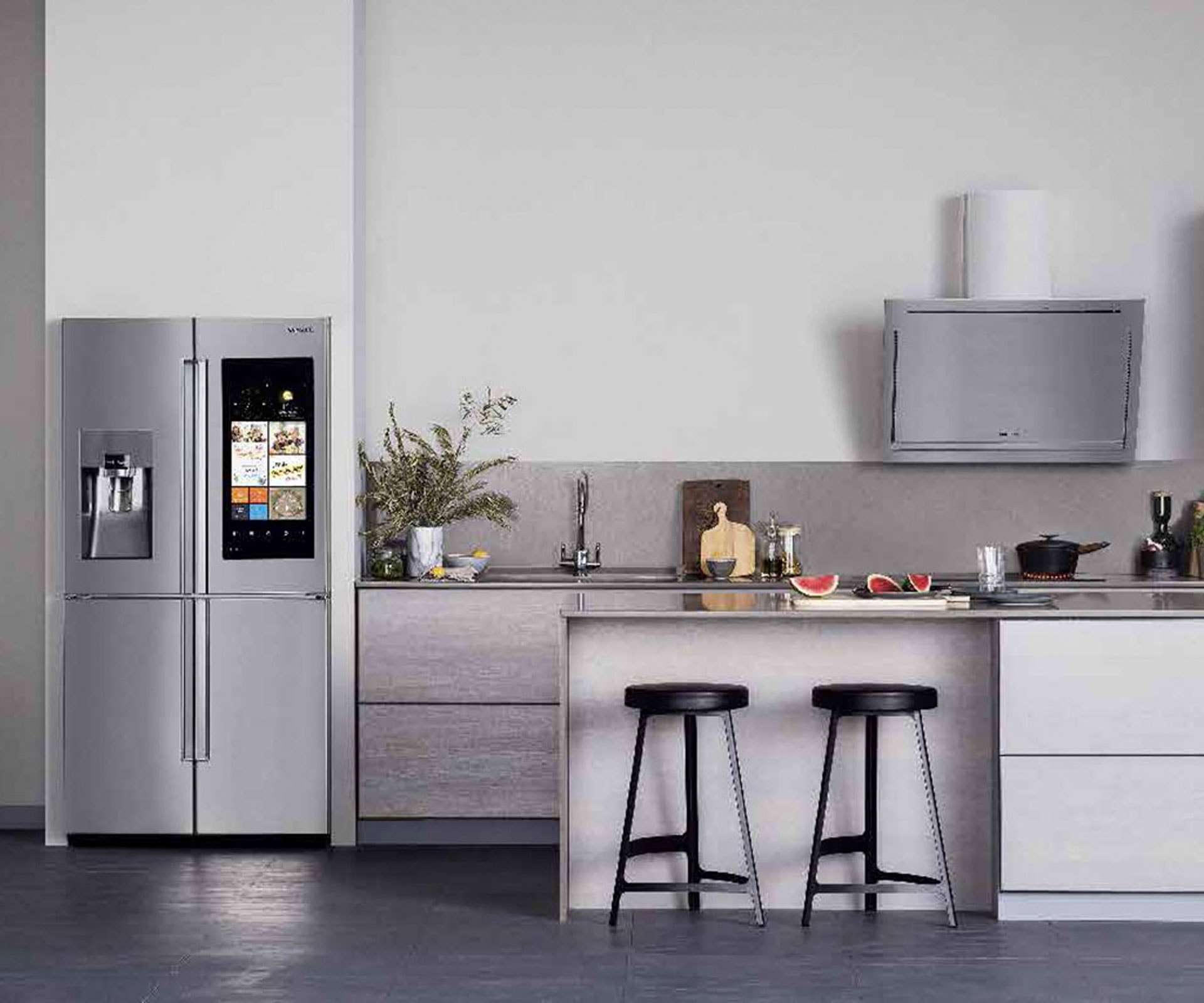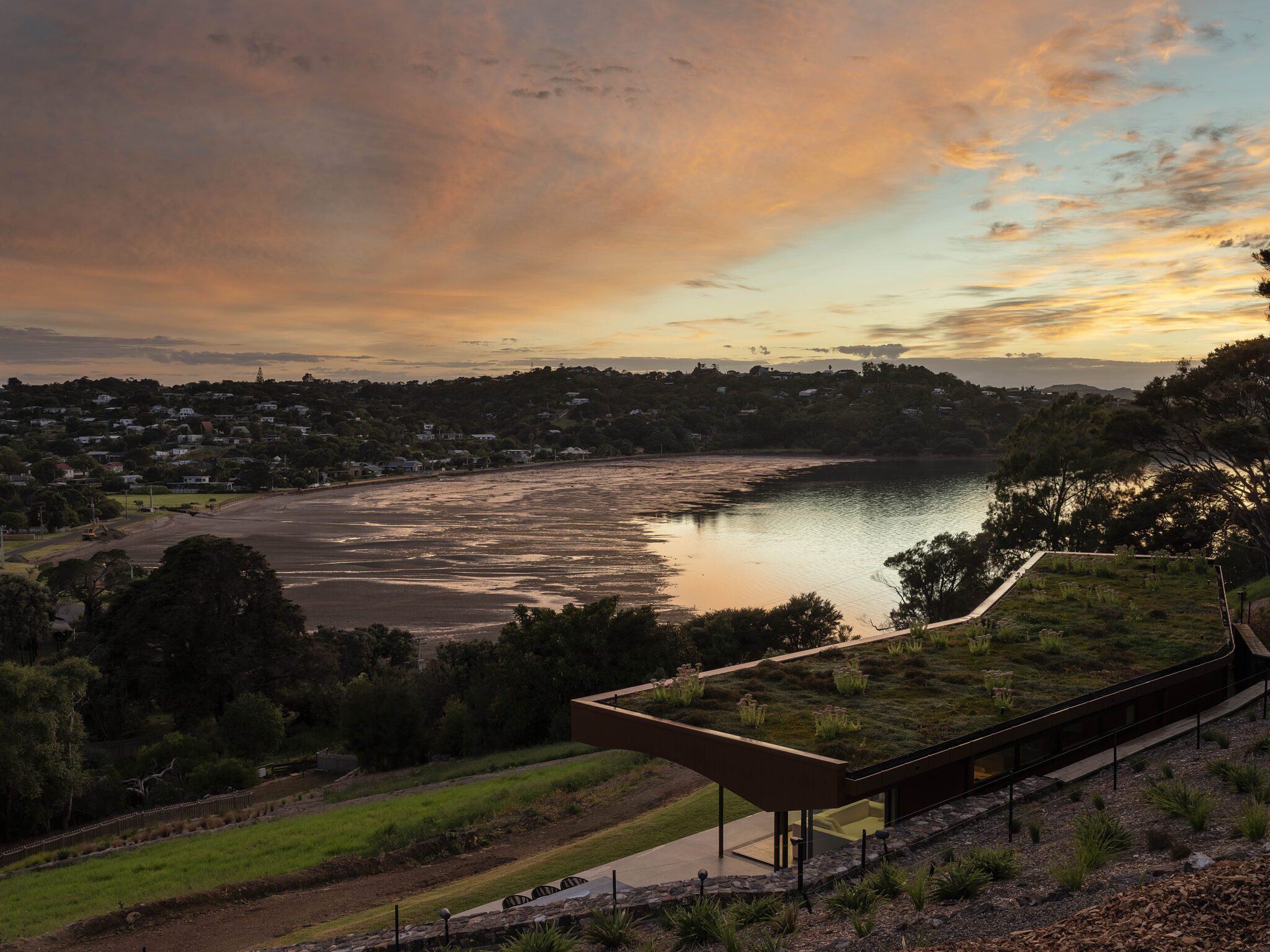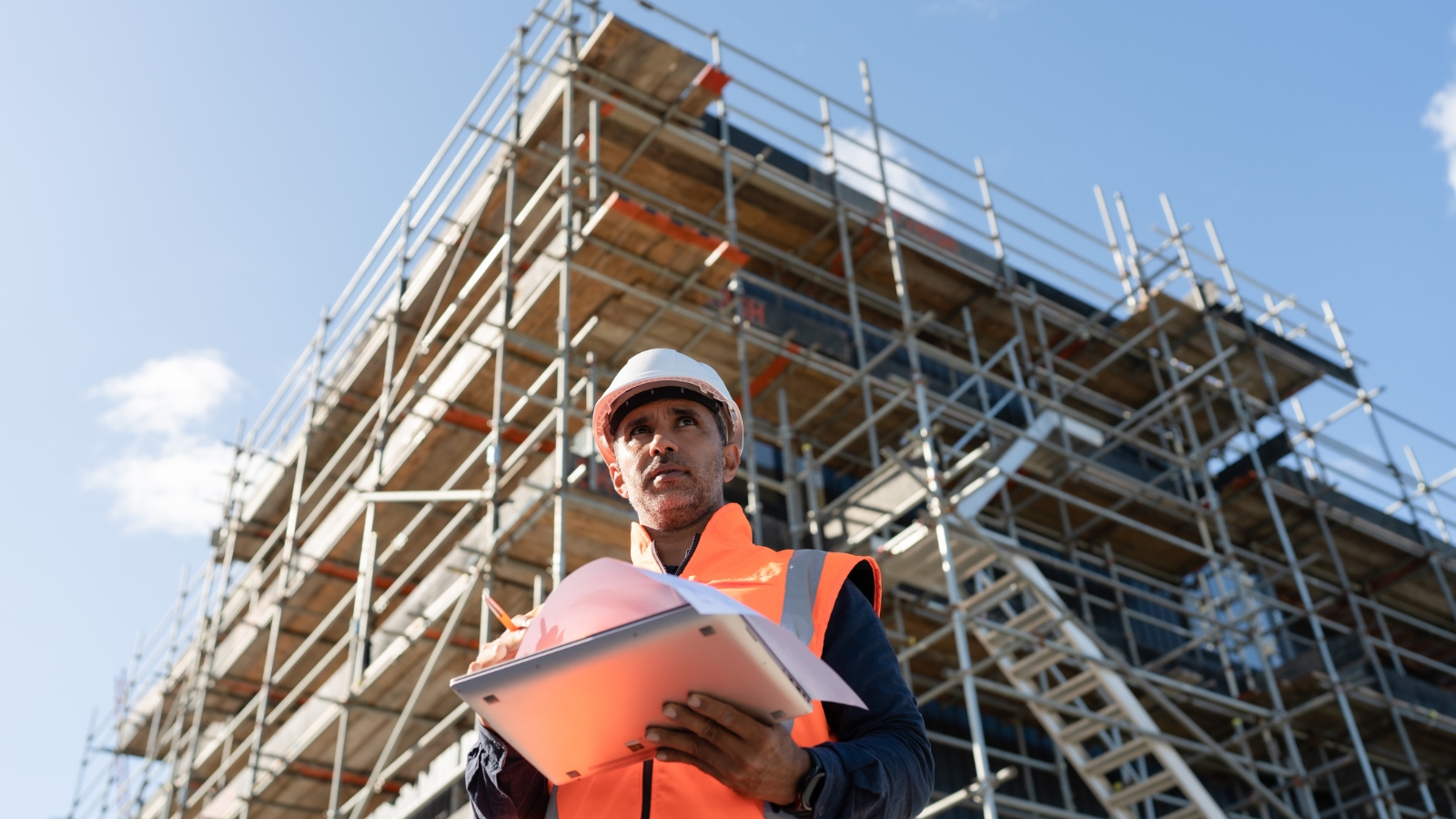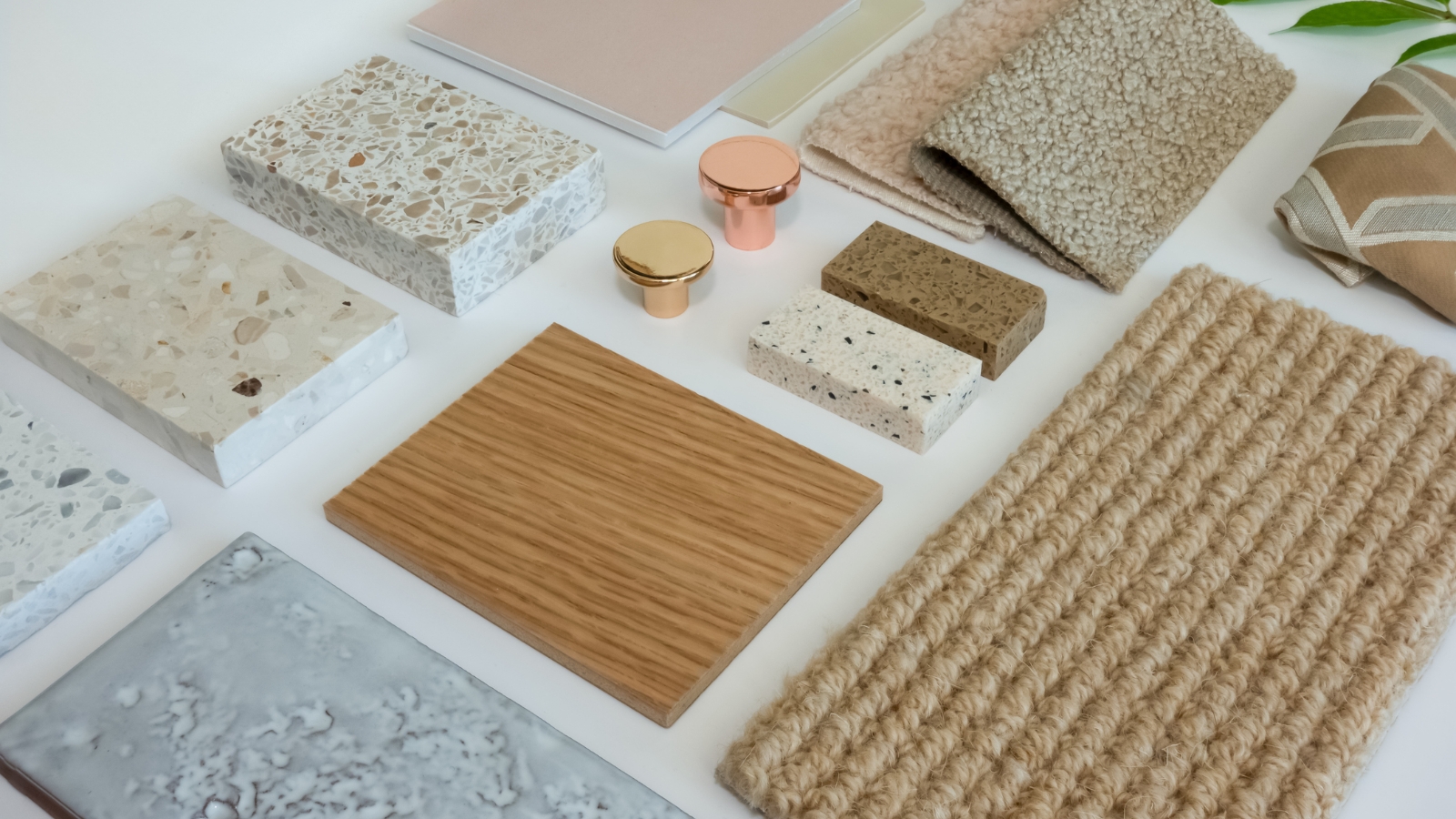Explore
Future-Proof Your Home: Smart Tech and Sustainable Design Ideas
Rapid technological advancements and growing environmental concerns impacts the way we design, build and live.

Future-Proof Your Home: Smart Tech and Sustainable Design Ideas
As the world embraces rapid technological advancements and growing environmental concerns, the way we design, build and live in our homes is changing. Smart home technology and sustainable home design are no longer futuristic concepts—they are increasingly integral to creating homes that are not only efficient but also forward-thinking.
By incorporating energy-efficient home improvements, eco-friendly home upgrades, and innovative home automation ideas, homeowners can make their living spaces more comfortable, cost-effective and environmentally responsible.
One of the most exciting aspects of modern home design is the rise of smart home technology. These innovations not only make daily life easier but can also significantly enhance energy efficiency.
The Wi-Fi enabled Family Hub refrigerator by Samsung offers enhanced connectivity and home management coordination.
Investing in devices such as smart thermostats, smart lighting and voice-controlled assistants, allows you to not only upgrade your home’s existing technology, it also means you’re supporting energy-efficient home improvements that can lower your energy consumption and, ultimately, your utility bills.
If you’re looking to build new and you’re wondering how you can incorporate sustainability for a future-proof home, start by choosing materials that are renewable, energy-efficient and less harmful to the environment. For example, reclaimed wood, glass or metal can be used in flooring, cabinetry and furniture. These materials reduce waste and often offer unique aesthetic appeal.
One of the biggest considerations when building a sustainable home is insulation. New Zealand has long had a pretty poor record when it comes to properly insulating our homes. Thankfully there are a number of sustainable options now on the market, such as wool, cellulose and even recycled denim. These materials help regulate indoor temperature, reducing the need for excessive heating or cooling. If you want to go a step further, look at incorporating a green roof on your home as the ultimate way to regulate your homes interior environment.
As the approach to this home by Bossley Architects is from above, a green roof was employed to soften this elevation and to help conceal the building beneath.
If you’re looking at ways to carry out energy-efficient home improvements to your existing home for long-term savings and sustainability, there are a couple of crucial upgrades you can make, including upgrading those old, drafty windows and energy-wasteful appliances for an instant boost in efficiency without compromising performance.
Similarly, upgrading your existing water heating and harvesting systems will further reduce your environmental impact and ongoing bills. Traditional water heaters constantly heat water to a set temperature, using energy even when hot water isn’t needed. Tankless water heaters, on the other hand, heat water on-demand, reducing energy waste and saving you money. Installing a rainwater harvesting system for outdoor irrigation will reduce your need on the town water supply and your wastewater charges.
Living a greener lifestyle also means making choices to reduce your personal environmental impact. This doesn’t have to mean a full-blown lifestyle change but can be as easy as making simple day-to-day changes such as implementing waste-reduction and composting strategies around food waste, installing low-flow taps, showerheads and toilets throughout your home and choosing native and drought-resistant plants for your landscaping.
Sitting adjacent to a tidal estuary, this home’s garden was designed to mimic the hues and plants of the natural environment.
As technology continues to advance and sustainable materials and renewable energy sources become more affordable and widespread, homeowners will be able to create eco-friendly spaces that have minimal impact on the environment. By staying informed and proactive in adopting sustainable home design strategies, you can future-proof your home against rising energy costs and environmental changes while staying abreast of evolving technology.
Author
Other articles you might like









